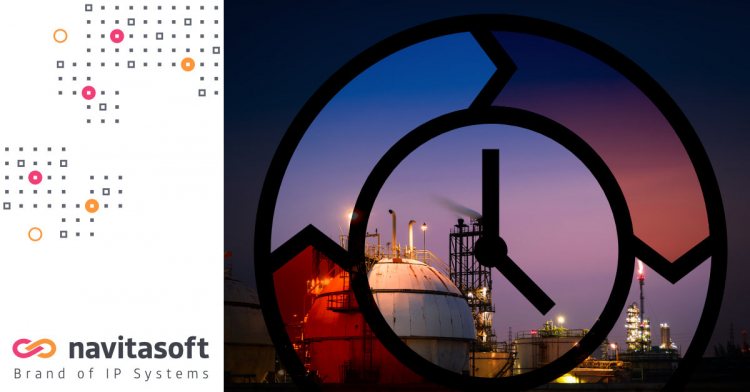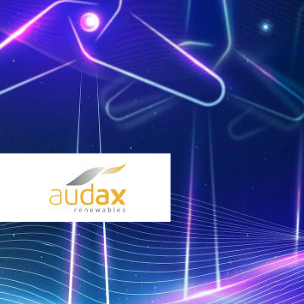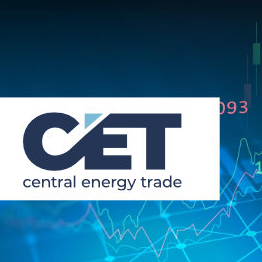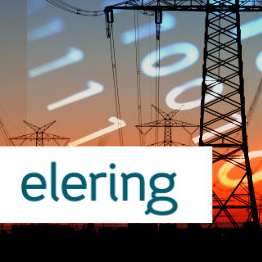
Successful interoperability of gas markets across the EU of course requires clear data communications between market actors to ensure proper delivery of gas when and where it is needed. Commission Regulation (EU) 2015/703 introduced a new data exchange protocol, AS4, for natural gas transmission network participants to use for automated data exchange and communication purposes. However, many shippers still opt for manual communications processes, even though the alternative can greatly increase efficiency.
AS4 is an open standard for secure data exchange between organizations long trusted in a variety of industries. Shippers who have already implemented data exchange via this protocol have discovered many advantages, and the number of natural gas traders who opt for trading process automation via AS4 in the Baltic States and Finland is rising.
The recent and ongoing maintenance events scheduled at the transmission systems of the Baltic area Common Zone left an impact on available capacities and their booking results. Many traders started to look at more efficient ways to communicate with the platform and thus to avoid the risk of human error while securing the realization of their trading strategy.
It’s 7 am - and all is not well
Shippers have three different options to interact with the Common Zone Platform. Most of them opt for manual interaction via the user interface of the online portal, or manually upload xml files prepared in advance - all of which has to happen as quickly as possible when the booking window opens, usually at 7am. The usage of the portal is a well-understood, intuitive process and the closest user experience to everyday office software usage. The results of interactions and filling out forms are transparent and appear in front of the user’s eyes. Thus, it provides the reassurance of being able to check the results of your work. This method remains convenient if the shipping activity is limited to a few capacity points and capacity products, but can be resource intensive if all capacity points and all types of capacity products are involved.
Imagine it’s 7 am and the booking window has just opened. So fueled by strong coffee, you manually type in or copy and paste numerous fields over and over. You’re doing this as fast as you can, because at the same time, other market participants are doing the same thing - and you are all competing to book the same resources. You think you’re done, click submit, and then you get an error message. Maybe more than one. You have to go back, find the error, look back at your source data, find the correct data, re-enter it correctly - and now you’re sweating, because now you’re behind the competition. You are finally able to submit your data. Hopefully there were no typos that data validation couldn’t find…
And maybe you’re trying to book various types of capacity products at various connection points. The manual work of filling out the forms on the UI takes so long, that there simply is not enough capacity left for you. Others with fewer products or points, or with automated tools, are simply faster and beat you to it.
Some shippers have already discovered the convenience of xml files, which are readable both by humans and machines. At first glance an xml file might be a less appealing working environment than a portal, but it is a very efficient and proven method to prepare for bulk capacity booking, nominations or product bookings procedures, where shippers manually fill out all necessary identifiers within the standard message form.
Still, the xml files have to be uploaded to the portal manually as soon as the booking window opens. And when xml files are filled out manually, the same potential for human error exists, with the same issues of error correction under time pressure. Even the capacity scenario is still a risk, because the process of uploading the files can still lead to someone else taking the capacity you wanted.
Spare yourself the early morning stress
Why not automate all these processes and let IT do this for you? Many shippers are not aware of the conveniences the AS4 protocol has to offer. It is the most secure data exchange standard currently available on EU gas markets. It is possible to automate and pre-schedule data exchange with the Common Zone portal and even to generate your XML files from your ERP system or Excel sheets. For traders who are using multiple connection points and request multiple products, the manual processes can be time-consuming and are subject to human error. Some smaller traders with fewer connection points and products may conduct manual operation faster and might secure an advantage. However, in the case of a large number of messages there is no better way than automation to act fast and ensure accurate, timely communications compliant with European and local regulations.
Proven in use across Europe and delivered as software as a service (SaaS), Navitasoft’s AS4-CS solution enables setting up reliable automated message exchange (as well as xml generation processes) with the Common Zone Platform of Conexus Baltic Grid and Elering. Furthermore, AS4 automated data exchange is also available with the Finnish Gasgrid and GETBaltic. Beyond the Baltics, our trader customers and TSOs have opted to communicate with our AS4-CS solution on the Austrian, Bulgarian, Hungarian, Polish, Ukrainian and Slovak gas markets.
Are you considering automating your gas trade business? To request a demo, sign up below. Or learn more about AS4-CS and how we can support the automation of your trading processes.




